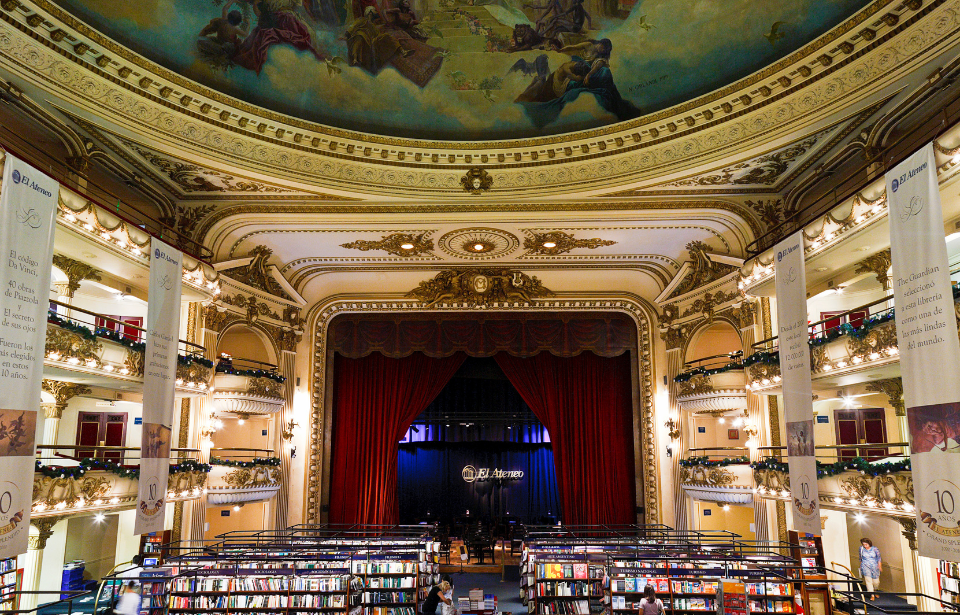Over time, some beautiful works of architecture are abandoned, forgotten about, or even slated for demolition. Some buildings, however, are just too remarkable to lose to history. These five buildings are perfect examples of old buildings serving new purposes while still maintaining their original beauty.
Musee d’Orsay
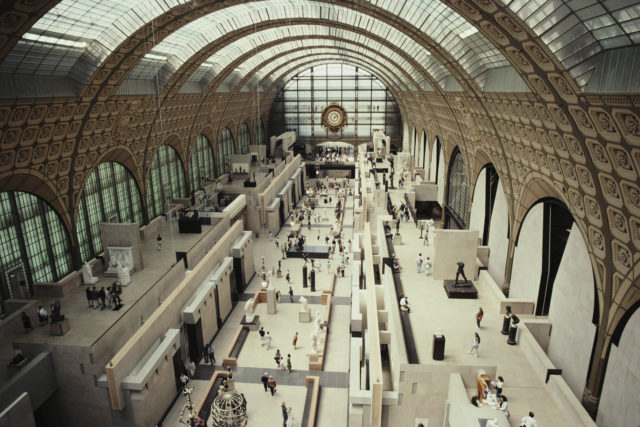
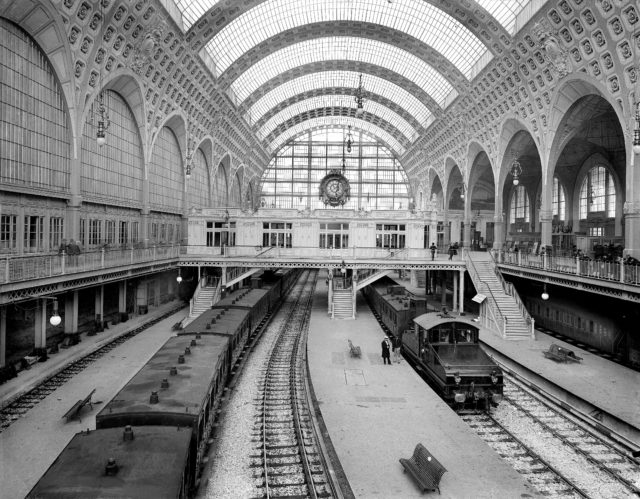
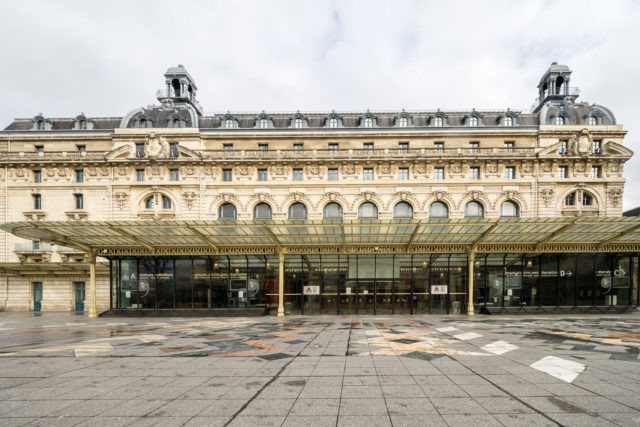
What originally was built as a train station to help bring in visitors for the 1900 World’s Fair in Paris, France, eventually was transformed into something else entirely. Built by architects Victor Laloux, Lucien Magne, and Émile Bénard, the Gare d’Orsay was adorned with many modern features that made traveling through the station much easier, like luggage ramps and elevators.
As rail technology advanced, the station could no longer accommodate the larger electric trains that were taking the place of older trains. The station was closed in 1939. After a short period during the Second World War when the station was again put to use, it was altogether abandoned. By the 1970s, restoration began on the station and it became an official historic monument in 1978, with a museum opening in 1986.
Kaos Temple
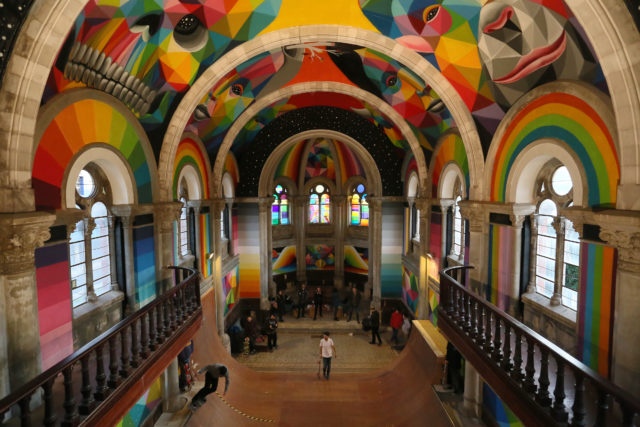
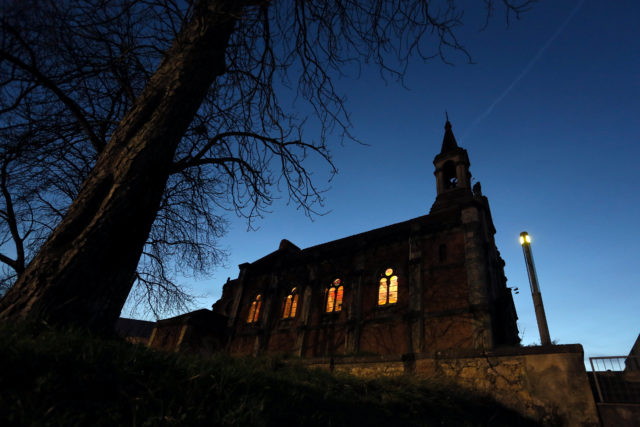
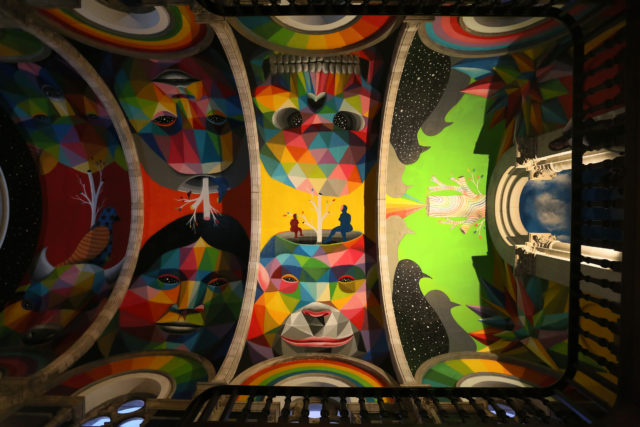
Formerly known as the church of Santa Barbara in Llanera, Asturias, constructed in 1912, the building was abandoned for years and had fallen into disrepair. With its crumbling walls, it seemed like a lost cause However, a group of people who wanted to restore it to its former glory set up fundraising efforts. They worked to convert the church into something brand new.
From the outside, the structure fits in with the architecture commonly seen throughout Spain, but once inside, the building comes alive with bright, geometric murals created by Madrid street artist Okuda San Miguel. The interior was transformed from a church to an indoor skate park, now often referred to as the ‘Sistine Chapel’ of skateboarding.
El Ateneo Grand Splendid
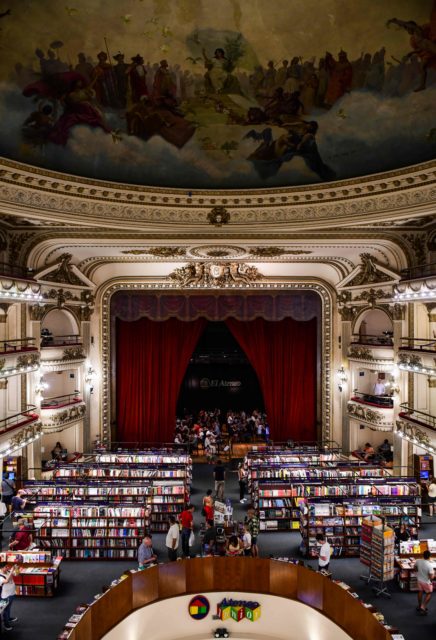
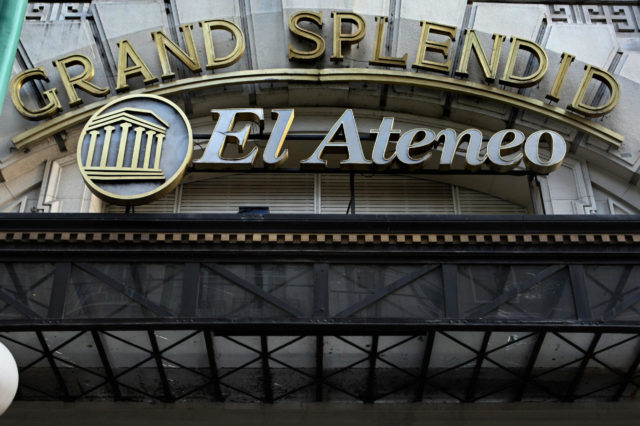
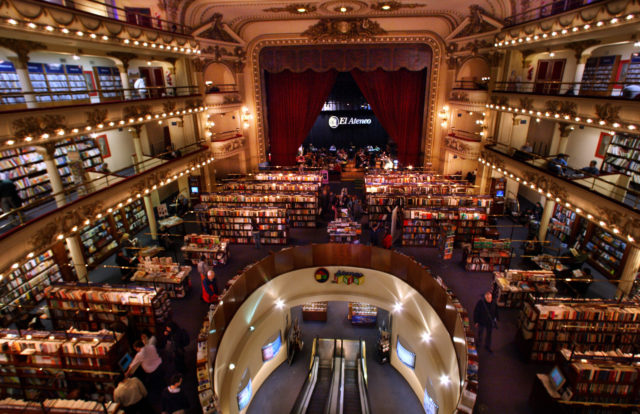
When Teatro Gran Splendid was first built in 1919, it was a grand theater for the performing arts, and many tango legends performed here. Adorned with beautiful balconies, frescoed ceilings, and plush red stage curtains, it was a shining star of architects Peró and Torres Armengol’s careers.
In 1929, the theater was converted into a cinema and was the first in Buenos Aires, Argentina to show a sound film. However, its use as a cinema was short-lived, and the building was eventually slated for demolition. At the cost of $3 million ARS, architect Fernando Manzone oversaw the theater’s transition into the El Ateneo Grand Splendid, a bookstore and music shop. The space still showcases those beautiful features from its early days.
Selexyz Dominicanen
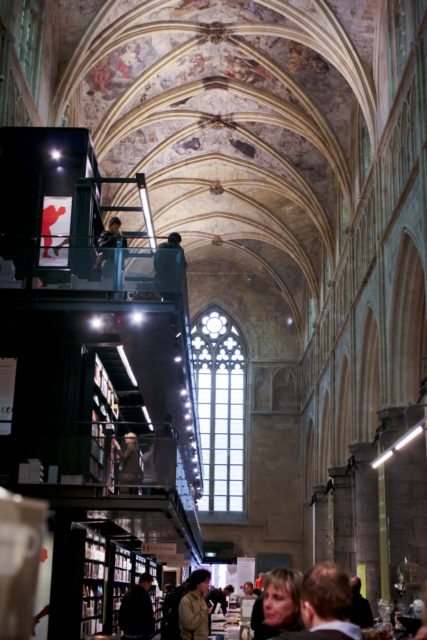
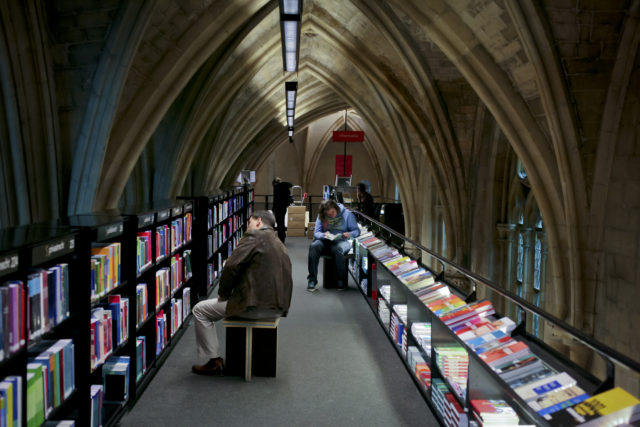
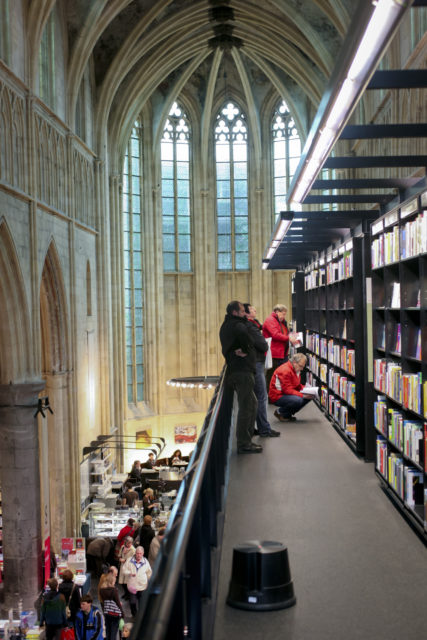
Located in the Netherlands, the Selexyz Dominicanen was built over 700 years ago as a Catholic church. During Napoleon Bonaparte‘s rampage during the French Revolution, he saw the large, tall building as the perfect location to store equipment and personnel. The deconsecrated church was eventually abandoned when Napoleon was done with it.
Throughout the centuries, the building remained in use as a storage warehouse, an archival center, and in more recent years, bicycles. In 2005, the building was repurposed as a three-story bookstore that wows visitors with its beautiful interiors and original architecture.
Zeitz Museum
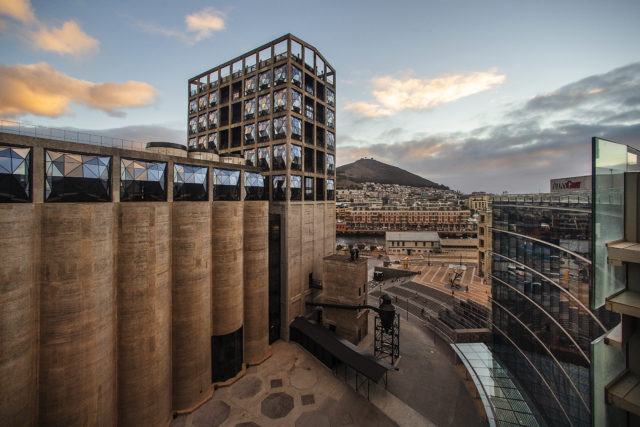
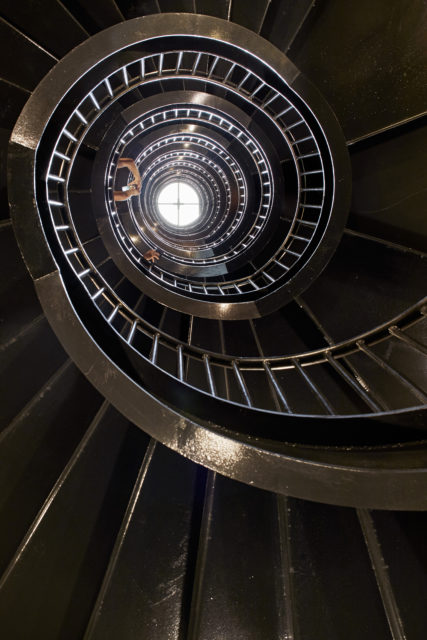
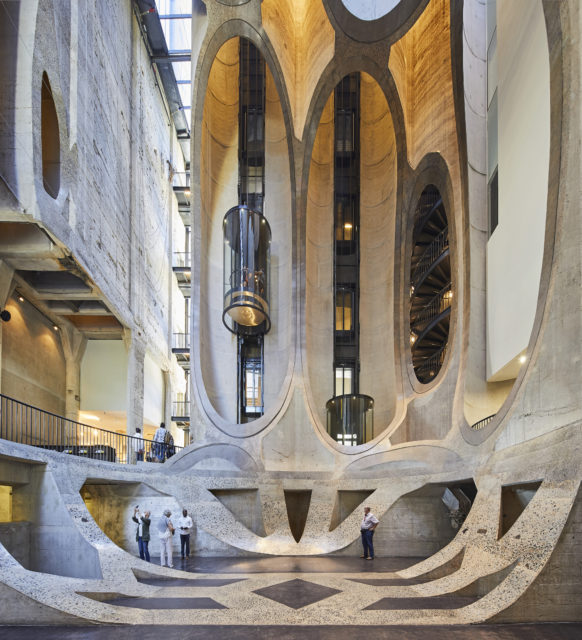
The Zeitz Museum of Contemporary Art Africa, initially built in 1921, once served as the industrial heart of the area. Originally a complex of 56 silos and an elevator, the silos were then the tallest buildings in Africa. Their significance to the city made it imperative to preserve them.
It was decided that the complex would become a museum, and the architects transformed the space in a way that pays homage to its original significance. The team kept a large portion of the building’s exterior in its original form and carved out the interior in the shape of an enlarged grain of corn, representing the building’s original purpose.
More from us: Marshall Hall Went From Private Estate to Amusement Park to Ruins
These remarkable buildings are just a few examples of architecture that is far too beautiful to tear down.
